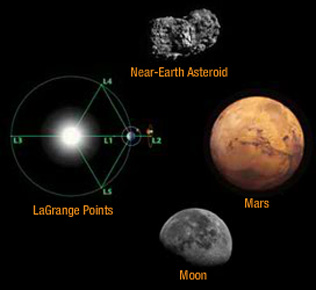
Mars, the real estate boom of the 22nd century? (image source: Wikimedia Commons)
In what is a completely novel twist on overcoming the habitation problems of humans going to Mars, NASA has begun designing microbes to assist in the development of bricks, fuel and plastics, Andy Coghlan from New Scientist reports.
With weight a premium in space travel, carrying large quantities of building materials is expensive, and energetically inefficient. But by bioengineering bugs like Anabaena, which consume CO2 and nitrogen, to excrete greater levels of sugar, resources such as fuel, oil and plastics can be, in theory at least, developed on Mars. Similarly, Sporosarcina pasteuri, a urea feeding bacteria, excretes ammonia that can be used to assist in the development of calcium carbonate, to cement soil particles together and construct bricks. Experiments have already proven the validity of this particular concept.
Despite issues of unleashing micoorganisms onto another planet, the idea of using bugs to develop fuel and materials on another planet promises to help make that NASA trip to Mars that little bit lighter, and also that little bit more possible.
Look @ a nice Mars vs Earth graphic from the University of Washington






